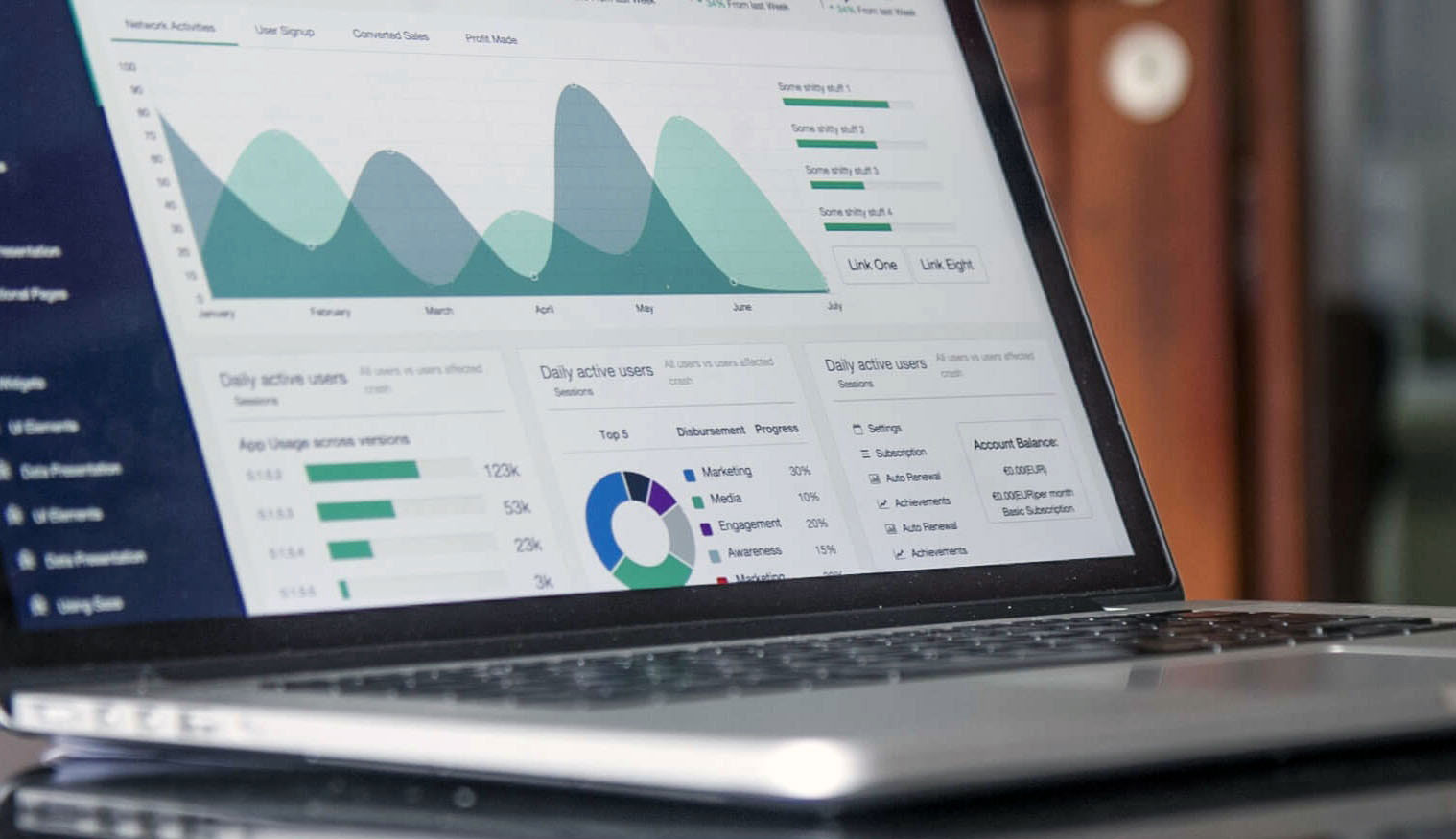A few years back, I wrote some columns on real estate investing. Since then, I’ve been asked about the tax benefits and other upsides of owning income properties, so here’s a bit more information.
If you are a business owner interested in owning your own office building, a property manager who wants to own your own apartment building, or simply an investor interested in commercial property, one of the ways to maximize tax benefits in real estate during the first few years you own the property is to have a cost segregation study done.
Without a cost segregation study, improvements to your property depreciate over a fixed amount of time. (“Improvements” include things like buildings and other structures that add value to the raw land.) Each year a little bit of the value is considered an expense or a “write-off” for tax purposes. At the end of 27.5 years, residential property is considered fully depreciated. At the end of 39 years, commercial property is considered fully depreciated.
If you have a segregation study done, however, you’ll get an itemized list of how long various parts of your investment will last, and therefore, how quickly you can depreciate them. The segregation study will consider the value and longevity of things like HVAC systems, interior and exterior paint, carpet and other flooring, asphalt and paving, roofing, and more.
I’ve yet to find an air conditioning unit that lasts 39 years, and still meets quality and safety standards. And unless you require employees to take off their shoes when they enter the building, carpet probably won’t last that long, either.
The segregation study allows you to front-load depreciation, increasing the tax benefits of your real estate investment in the early years. The studies can cost several thousand dollars, but if you can pay for them in the first year with tax savings, they’re worth it. Generally, this is only the case for four-plexes and apartment buildings on the residential side. The savings on single-family homes and duplexes are generally too small to justify the cost of the study.
However, if you’re just getting started with real estate investing and you want to start with a single-family home, there are still plenty of tax benefits and financial upsides.
Lower priced properties typically have a better rent-to-price ratio. A $200,000 home will probably rent for $1,200 per month, while a $750,000 home will likely rent for $3000 per month. In addition to a better rent (income)-to-price ratio, you’ll probably have shorter vacancies with a less expensive property. More people are in the market for a $1200 per month property than for a $3,000 per month property.
A $200,000 rental property in good condition shouldn’t be too burdensome to manage or maintain, and with $150-200 per month in depreciation, has about a break-even cash flow. You invested $45,000 (a 20 percent down payment plus $5,000 in closing costs), and your benefit is the potential appreciation in the value of this property. If values rise at three percent a year, that equates to $6,000 per year on a $200,000 house—that means you made $6,000 on a $45,000 investment or a 15 percent return. This is called leverage. Compared to other investment options, real estate looks pretty darn good!
In addition to the increased property value, over time rents will also increase. And while expenses go up with inflation, mortgage payment (your biggest expense) won’t go up over time. The bottom line is, if you can afford to buy a $200,000 rental today, by the time junior heads to college in 10-15 years, you should have an asset capable of paying for much of his education.
If you have questions about real estate or property management, contact me at [email protected] or visit www.realtyworldselzer.com. If I use your suggestion in a column, I’ll send you’re a $5.00 gift card to Schat’s Bakery. If you’d like to read previous articles, visit my blog at www.richardselzer.com. Dick Selzer is a real estate broker who has been in the business for more than 40 years.


